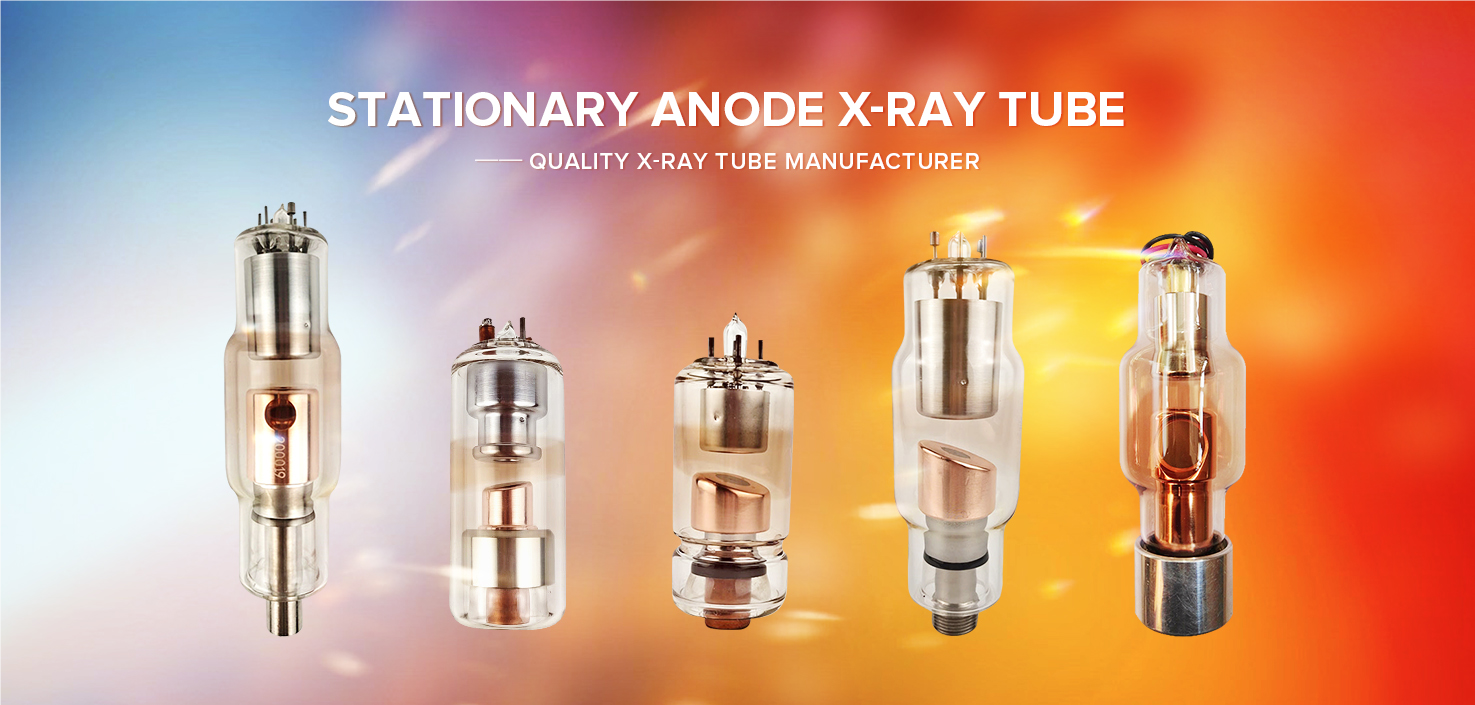X-ray technology has revolutionized modern medicine, becoming an indispensable tool for diagnosing and treating a wide variety of diseases. At the heart of X-ray technology is an X-ray tube, a device that produces electromagnetic radiation, which is then used to create images of the internal structures of the human body.
An X-ray tube consists of a cathode, an anode and a vacuum tube. The cathode is negatively charged and usually made of tungsten, while the anode is positively charged and usually made of copper or tungsten. When the cathode is heated to a high temperature, electrons are emitted and accelerated towards the anode, where they collide with the target material. This collision produces X-ray photons that travel through the vacuum tube and into the object being examined.
One of the important aspects of an X-ray tube is the ability of the anode to dissipate the heat generated by electrons colliding with the target. Anodes typically have a rotating disk configuration designed to efficiently dissipate heat while maintaining the structural integrity of the device. As anode technology advances, newer tubes can produce higher quality images while requiring less maintenance and a longer life.
Another critical aspect of X-ray technology is the control of radiation exposure. Because exposure to high levels of radiation can have harmful effects on the human body, modern X-ray tubes are designed to minimize radiation exposure. For example, some X-ray tubes have automatic exposure controls that adjust radiation exposure based on factors such as body size and tissue type. This results in more precise imaging and less radiation exposure.
Finally, modern X-ray tubes have a variety of additional features that enhance performance and usability. For example, some tubes have adjustable focus, allowing users to fine-tune the size and shape of the X-ray beam to suit their specific needs. The other tubes are equipped with an advanced cooling system for extended use, minimizing downtime and increasing efficiency.
In conclusion, X-ray tube technology has come a long way since its inception and continues to evolve today. Through improvements in anode technology, radiation exposure controls, and other capabilities, modern X-ray tubes are an impressive feat of engineering that has enabled countless medical professionals to diagnose and treat a variety of diseases. As technology continues to evolve, it is exciting to imagine what new advances in X-ray tube technology will allow us to achieve in the future.
Post time: Mar-08-2023


